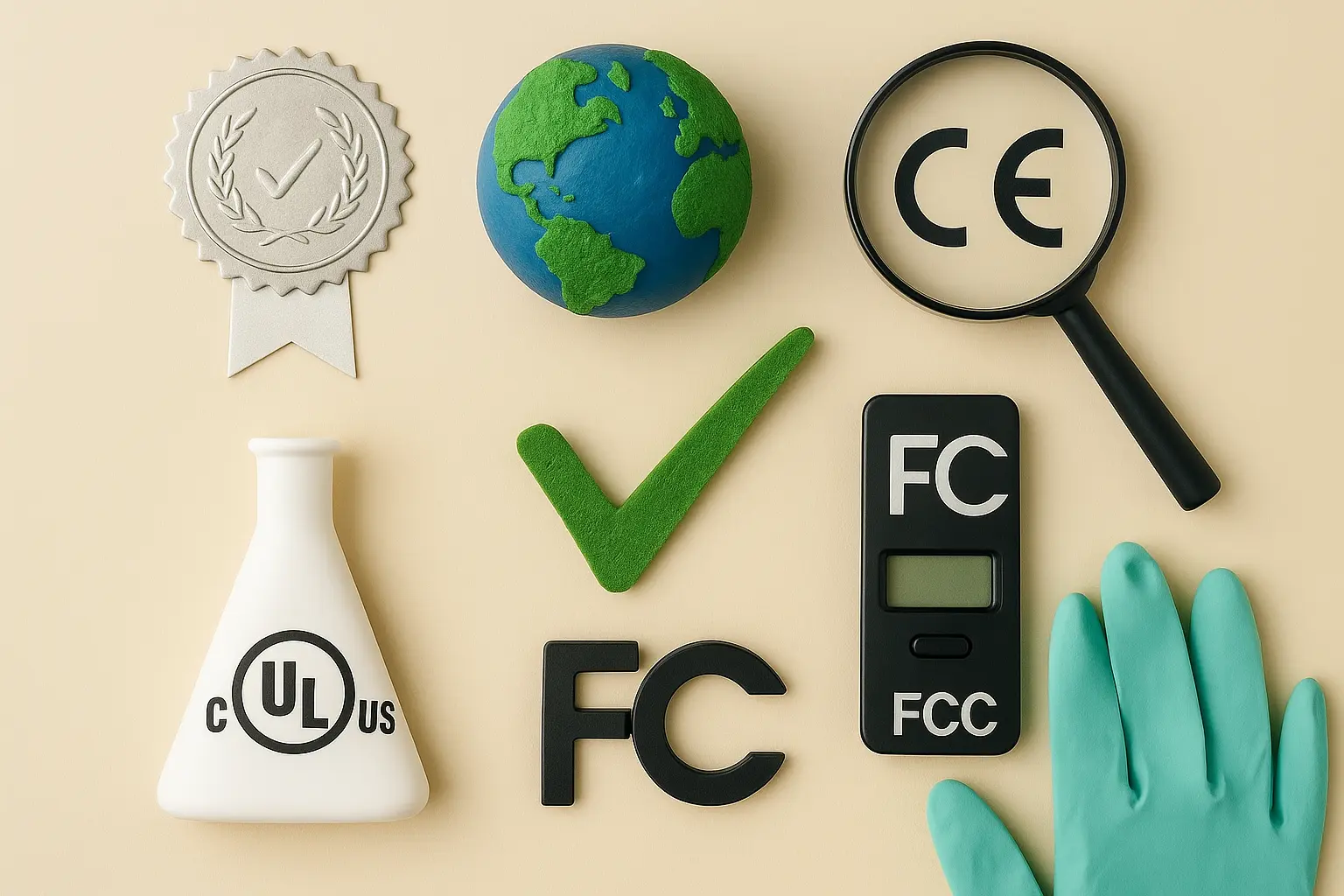High Temperature Resistant Product Certification
The certification of high temperature resistant products is a critical aspect of ensuring that materials and components perform reliably under extreme conditions. This service ensures compliance with industry standards and regulatory requirements, providing confidence in the robustness and longevity of products intended for use in environments characterized by elevated temperatures.
High-temperature applications are prevalent across various sectors including aerospace, automotive, petrochemicals, and electronics. In these industries, materials must withstand not only high temperatures but also mechanical stresses, chemical exposure, and thermal cycling. The certification process involves rigorous testing to validate the product's performance under defined conditions.
The first step in obtaining this certification is understanding the specific requirements based on the intended application. For instance, aerospace components might need to withstand re-entry temperatures into the atmosphere after a mission, while automotive parts may face engine compartment heat. In petrochemicals, resistance to thermal decomposition and oxidative degradation is crucial.
The testing process typically involves subjecting samples to controlled heating conditions in an oven or furnace. The temperature profile can range from 200°C up to over 1000°C, depending on the application. During these tests, engineers monitor not only the thermal stability but also mechanical properties such as tensile strength and elongation.
Once the initial testing is complete, further analysis may be conducted using advanced techniques like differential scanning calorimetry (DSC) or thermogravimetric analysis (TGA). These methods provide deeper insights into the chemical behavior of materials at elevated temperatures. Additionally, cyclic thermal shock tests simulate real-world conditions where products experience repeated temperature changes.
Accurate reporting is essential for certification purposes. The report should detail all test parameters, including heating rates, hold times, and cooling protocols. It must also include any deviations from standard operating procedures (SOPs) and the rationale behind them. Compliance with international standards such as ISO 17654 or ASTM E2583 ensures consistency and reliability across different certification bodies.
For quality managers and compliance officers, this service offers peace of mind that their products meet stringent industry demands. R&D engineers can leverage these results to refine product designs for better performance in extreme conditions. Procurement teams benefit from knowing they are sourcing materials that have been rigorously tested against relevant specifications.
Applied Standards
The certification of high temperature resistant products is governed by several international standards which provide guidelines and protocols to ensure consistent and reliable performance across different applications. Key among these is ISO 17654, which specifies requirements for the thermal stability testing of plastics used in automotive components.
Another important standard is ASTM E2583, which deals with the qualification and certification of materials intended for use in aerospace applications where high temperature resistance is critical. This standard covers not only the mechanical properties but also the chemical stability of materials under extreme conditions.
For petrochemical industries, EN 14679 serves as a reference document detailing the methods for assessing the thermal stability and oxidative resistance of polymers used in pipeline systems. These standards are instrumental in ensuring that products perform consistently across various sectors despite varying environmental factors.
Scope and Methodology
| Test Parameters | Description |
|---|---|
| Heating Rate | The rate at which the sample is heated during the test, typically ranging from 5°C/min to 10°C/min. |
| Hold Time | The duration for which the sample remains at a specific temperature before being cooled down again. |
| Cooling Protocol | Methodology used to bring the sample back to room temperature after exposure to high temperatures, ensuring accurate measurement of thermal properties. |
| Environmental Factors | Inclusion of humidity or inert gases in the test environment to simulate real-world conditions more accurately. |
The methodology for certifying high-temperature resistant products involves a series of tests designed to mimic actual operational environments. The heating process is carefully controlled to ensure that the sample experiences temperatures relevant to its intended application. Following each exposure, detailed measurements are taken using specialized instruments capable of detecting even minute changes in material properties.
For instance, tensile testing machines can measure how much a specimen stretches before breaking under tension at elevated temperatures. Similarly, compression testers assess compressive strength while flexural testers evaluate bending resistance. Each type of test provides valuable data on the mechanical integrity of materials when subjected to heat stress.
Use Cases and Application Examples
Aerospace engines that must operate efficiently even after re-entry into Earth's atmosphere where temperatures can exceed 1000°C.
Automotive exhaust systems which need to handle the intense heat generated by internal combustion processes without degradation.
Pipeline infrastructure in oil and gas industries exposed to both high pressure and extreme temperatures, ensuring continuous flow of resources.
In the electronics sector, printed circuit boards (PCBs) that are required to function correctly even at elevated ambient temperatures during manufacturing processes or under operational conditions.
Medical devices like heart valves and stents implanted in patients undergoing therapeutic procedures involving body temperature regulation.
The certification process not only ensures compliance with regulatory requirements but also enhances the reputation of manufacturers by demonstrating their commitment to quality and safety. This can lead to increased market share and customer trust, making it a valuable asset for businesses operating within these sectors.





